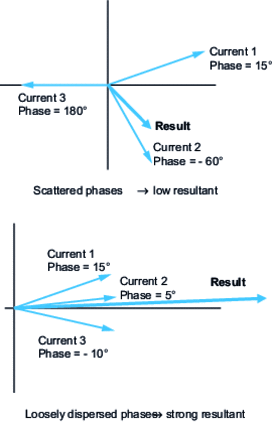6. Solutions
The most common solution for protecting an installation or network from harmonic disturbances is to use a filter. This method is effective, but often costly. However, it is not the only solution.

In practice, there are three ways to reduce...
Exclusive to subscribers. 97% yet to be discovered!
You do not have access to this resource.
Click here to request your free trial access!
Already subscribed? Log in!

The Ultimate Scientific and Technical Reference
This article is included in
Electricity networks and applications
This offer includes:
Knowledge Base
Updated and enriched with articles validated by our scientific committees
Services
A set of exclusive tools to complement the resources
Practical Path
Operational and didactic, to guarantee the acquisition of transversal skills
Doc & Quiz
Interactive articles with quizzes, for constructive reading
Solutions
Technical and economic aspects
In the introductory article , it is shown that equipment connected to a network must, on the one hand, not "emit too much" disturbance and, on the other hand, must not be "too sensitive" to this same disturbance. While simple to express, this dual concept is more difficult to implement in the field. Indeed, for a particular piece of equipment, reducing its emission of disturbance and/or...
Bibliography
References
Standardization
The most recent versions at the date of publication are quoted here. The latest published versions are available in the online catalogs of the standards organizations.
IEC standards and publications
- Electromagnetic compatibility (EMC) – Part 2-2: Environment – Compatibility levels for low-frequency conducted disturbances and signal transmission on public low-voltage supply networks. - CEI 61000-2-2...
Organizations
Commission électrotechnique internationale (CEI) http://www.iec.ch
Union internationale pour les applications de l'électricité (UIE) http://www.uie.org
Association française de normalisation (Afnor)...
Exclusive to subscribers. 97% yet to be discovered!
You do not have access to this resource.
Click here to request your free trial access!
Already subscribed? Log in!

The Ultimate Scientific and Technical Reference